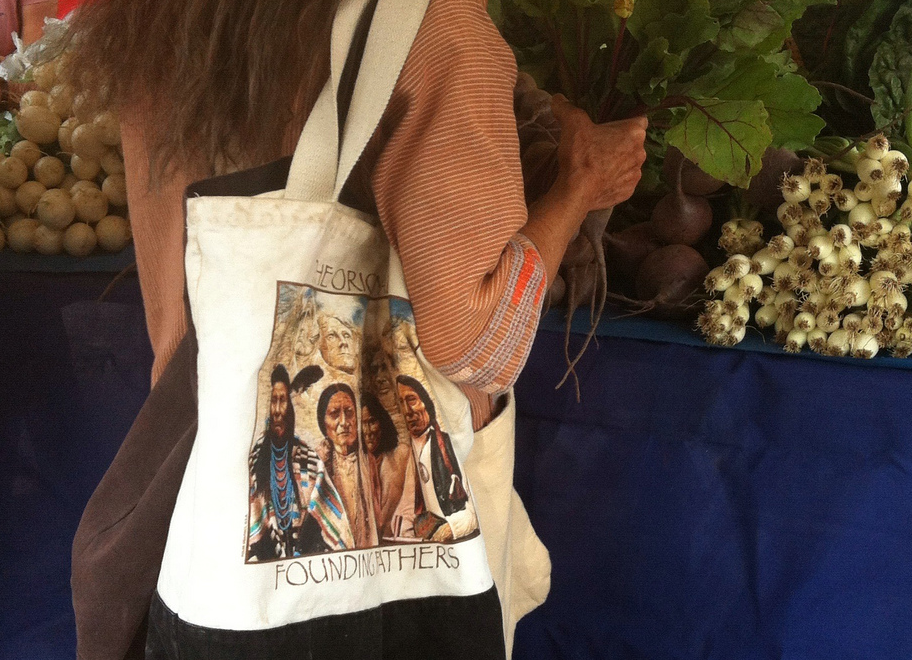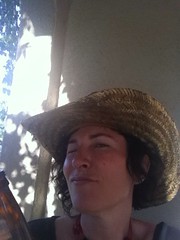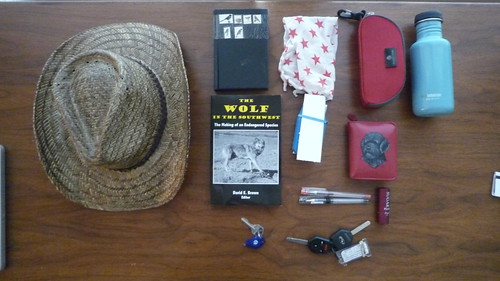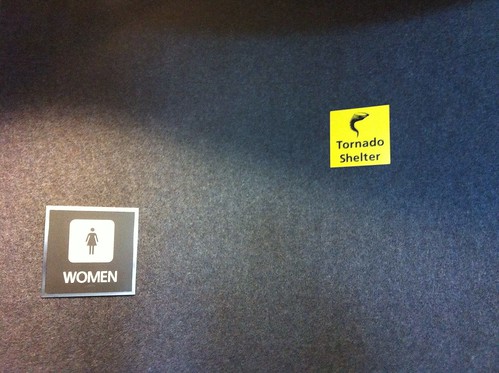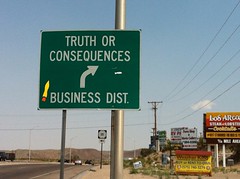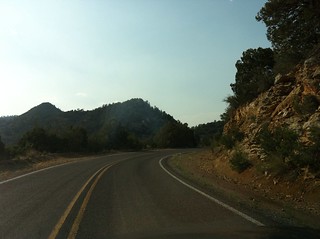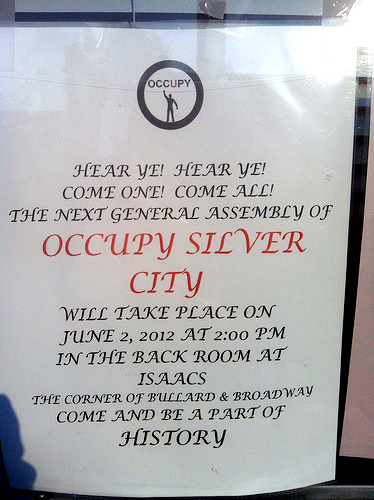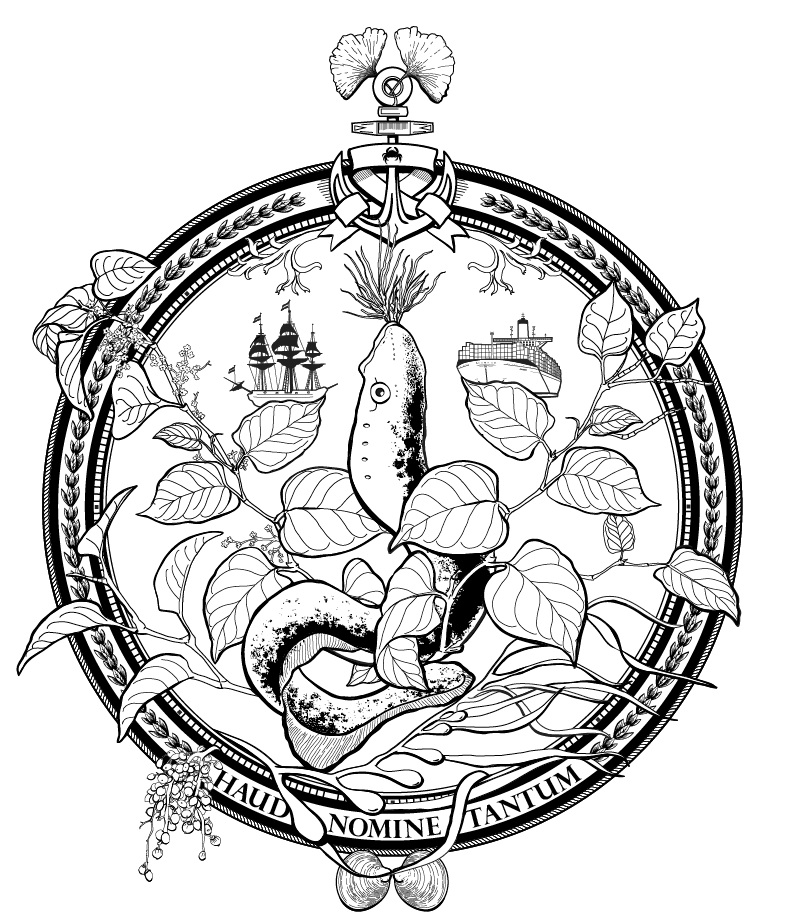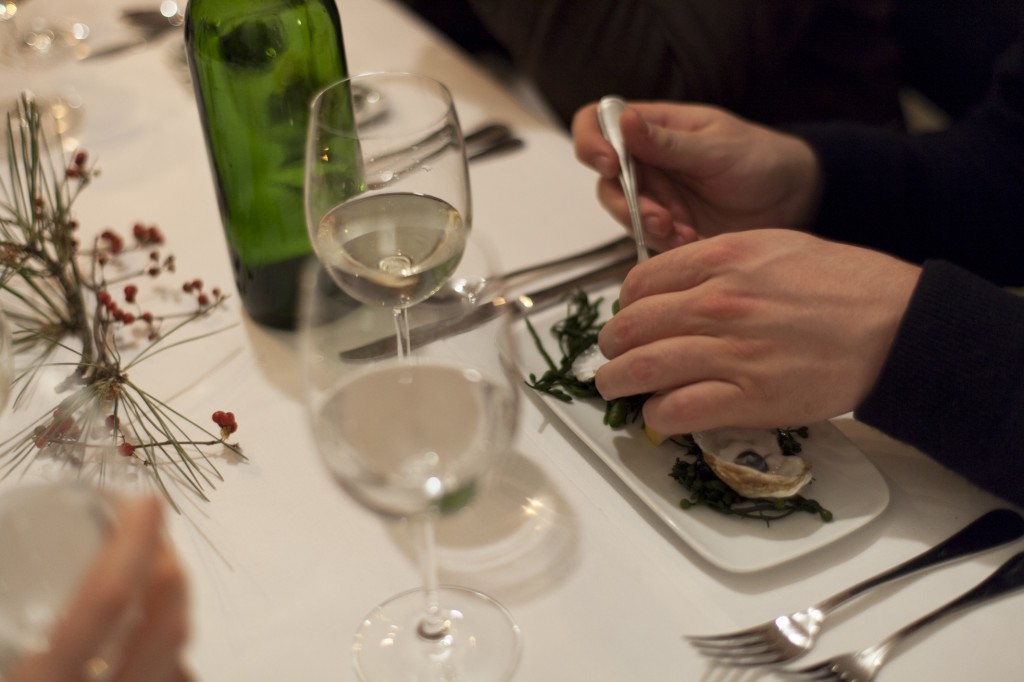The air smells like campfire.
But it’s not trivial like that.
A truck speeds by and picks the scent up from where it settled, or brings the smoke along from where it came.
I met some smoke jumpers in the coffee shop at 7 am.
I also met a man from Kansas in Silver City:
he is apprenticed to a local plant medicine man of great repute for several weeks, learning about herbalism and plant ritual.
“I love wolves” he told me. “They remind us to be connected to wilderness and the earth.”
can’t they be of NO service to us whatsoever?
There’s a Saturday farmers market, and I bought some very fresh, clean goat milk panela, russian kale, radishes, garlic scapes, young broccoli, Aracana hen eggs.
Farmers like everywhere. Many beautiful Gaia types.
Everybody here is really friendly. Not shit-grin friendly, but genuinely happy to stop and talk. Lots of benches around town, and people swapping stories outside the plenitude of cafes. There’s a breeze but it’s freaking hot, so best move slow. No getting whirled.
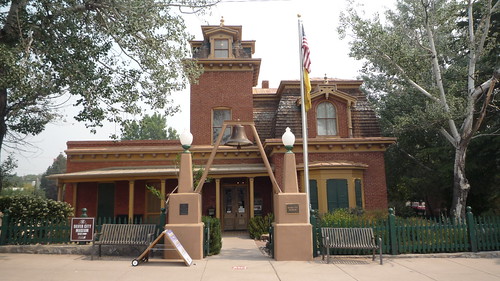
At the Silver City Museum, the super friendly volunteer at the desk asked me where I am from. When I said Brooklyn, he told me he lived in Staten Island in the 1970s. “What did you do there?” “I was in a cult. Children of God. Criminals.” I know a bit too much about them from one of my students.
Bought some supplies at the co-op, another friendly place, with reasonable prices (versus my $5.65 latte this morning) on bulk, elixirs, organics, probiotics, and limes… I’m gonna eat nothing but elixirs and raw vegetables.
Western New Mexico University Museum has a very large collection of Mimbres pottery. It’s in a beautiful cavernous old wooden building on campus, but I was not allowed to take any pictures.The displays are old-school archeology with big run-on sentences in all-caps vinyl letters that explained everything so well. I wonder why the pots selected for display omit the birth scenes, and the luridly huge-phallused pieces and copulations, or any predators (like bear).
There was heat and altitude to collapse from…
nothing like a siesta…
I drove to buy some beer and also up Pinos Altos, in the direction of the Gila Cliff Dwellings (which are closed because of the fires). I went about 20 miles north, to the start of the Trail of the mountain Spirits or some such.
I crossed the continental divide,
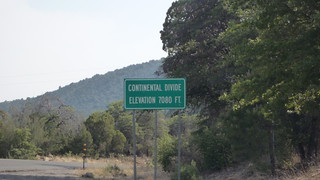
and saw the old Pinos Altos mining town, and then stopped for a micro hike. Turned out to be the Continental Divide trail… I got about 50 yards when I flushed a group of vultures who wheeled low and fast around me, seemingly annoyed. The wind and crickets were symphonic.


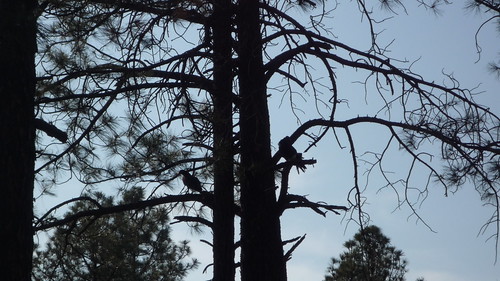
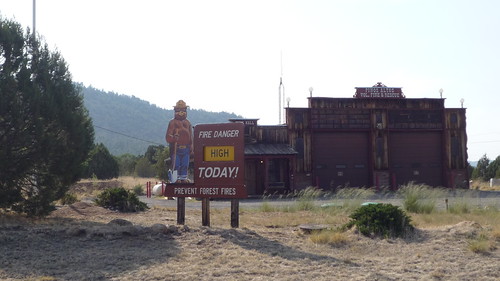
Thanks Walmart. There’s shade and a party in this hat.
Today’s bag was full of:

